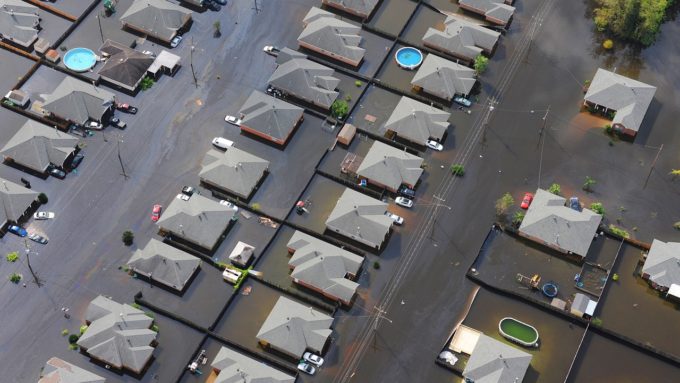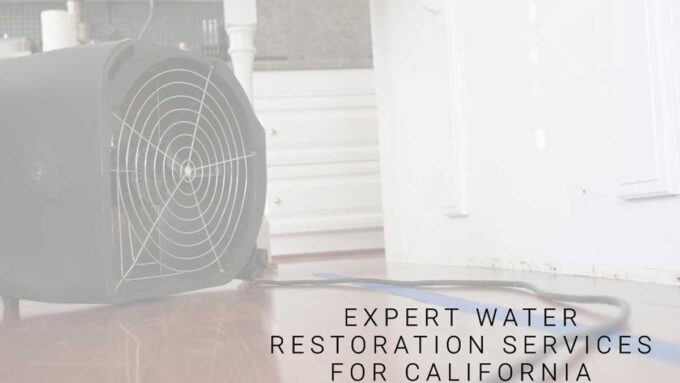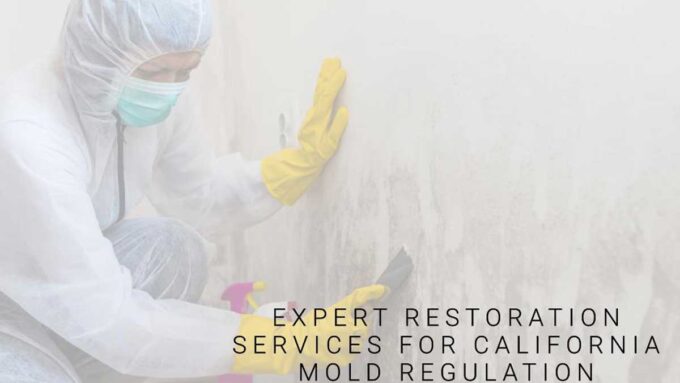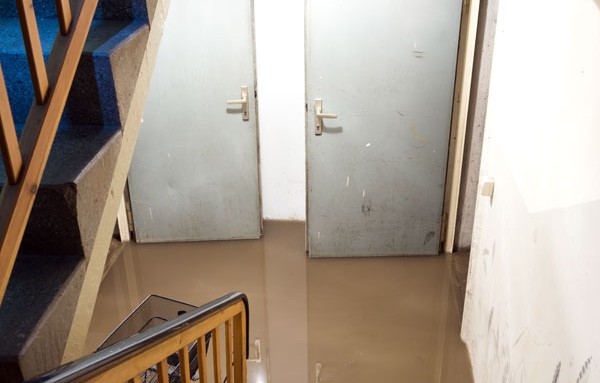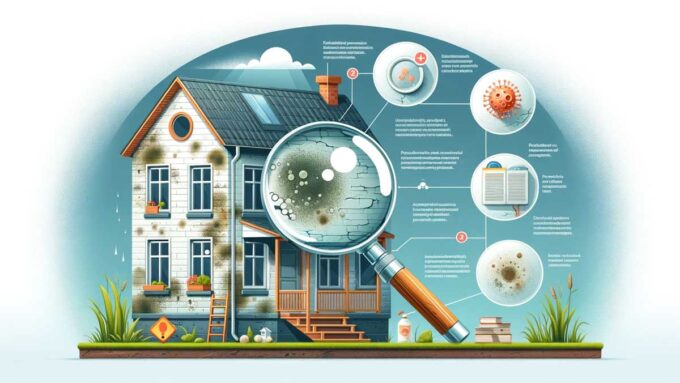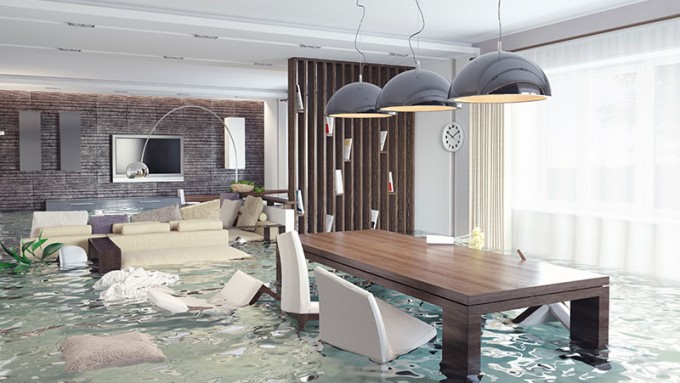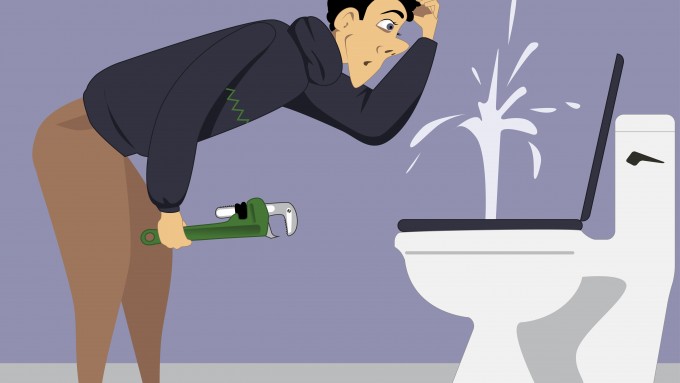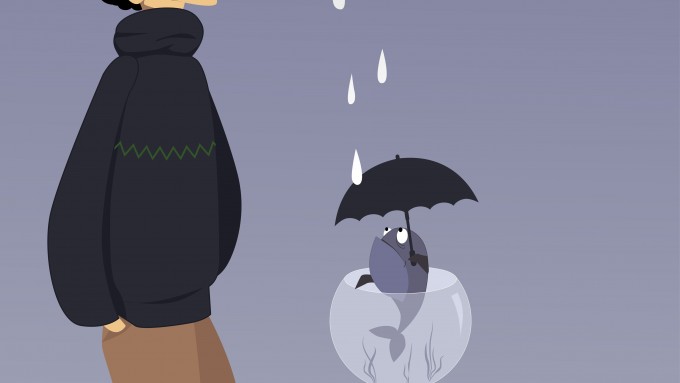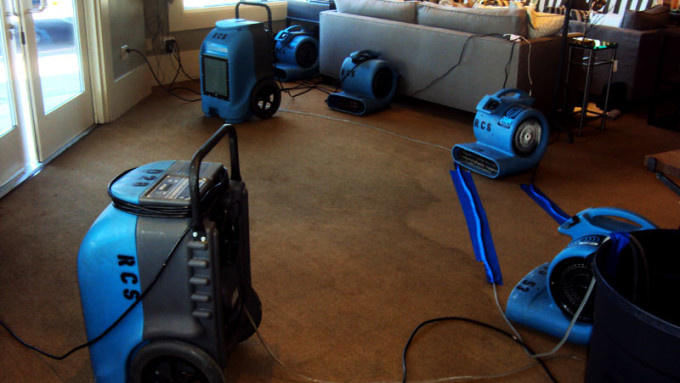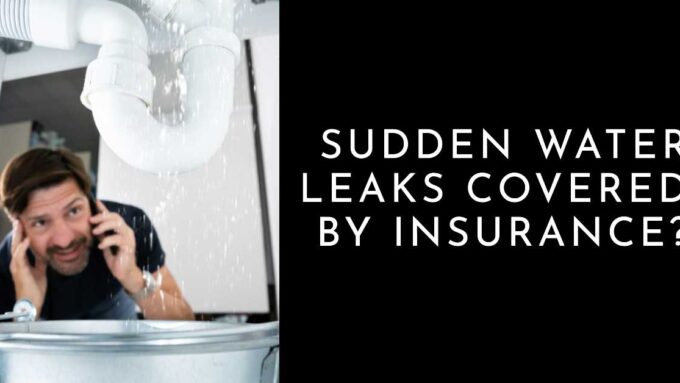Has your home recently been affected by flooding from rain or other water events this past year in Sonoma County? If so, now is the time to find out about the water restoration process. Repairing water damage in a home begins with a thorough inspection by a professional, and it typically involves replacement of flooring, walls, and ceilings. Understanding the different levels and categories of water damage can help you be better informed and help your restoration professional know how to best address your damage.
Categories of water damage
There are generally three categories into which water damage fits. Damage from a clean water source like toilet tanks or broken pipes that supply clean water falls into category 1. If left unattended for too long, this can worsen to category 2 or 3. Washing machine or dishwasher water, which contains detergents and is considered “gray water”, can also cause significant water damage. This falls into category 2. Damage from water that contains urine from an overflowing toilet is also included in this category. Obviously, this can result in sanitation and health issues. Completely unsanitary water from sewage, river flooding, and bacteria infested standing water can cause the worst kind of harm to you and your family. Damage from this type of water can cause disease and even death if left unaddressed. This is considered as category 3 water damage.
Classes of water damage
In addition to categorizing water damage, it is often also ranked into several different classifications. This is different from categories in that it explains what part of the home is most affected by its type. The highest classification is class 4 damage, which requires more specialized drying techniques for such surfaces as hardwood, concrete, or stone. Class 3 water damage involves that which has saturated walls and seeped through ceilings. It is considered to be the worst, as it means replacement of the affected areas. When whole rooms have sustained damage from water absorbed into carpeting and walls, the damage is considered class 2. It is generally easier to correct than when areas have been saturated to the point of sagging or buckling. Finally, class 1 damage refers to that which has only affected parts of a room and little moisture has been absorbed.
Restoring the damage
The water restoration process includes:
- Inspection by a restoration specialist to assess the extent of the damage
- Water removal using pumps and vacuums to prevent the growth of mold and bacteria
- Drying of any standing water using dehumidifiers
- Cleaning of any affected personal belongings and antimicrobial treatment of any carpeting and drapery
- Replacement of affected materials like drywall and insulation
Final thoughts
Correcting the damage done by a water emergency like flooding or leaking can be an easier process for you if you understand the level of damage that has occurred. It can help you be better prepared when you are ready to talk to a professional about how to best address your specific case. Contact Restoration Certified Specialists for a consultation on the damage you have experienced, so we can help make the restoration experience less stressful for you.

